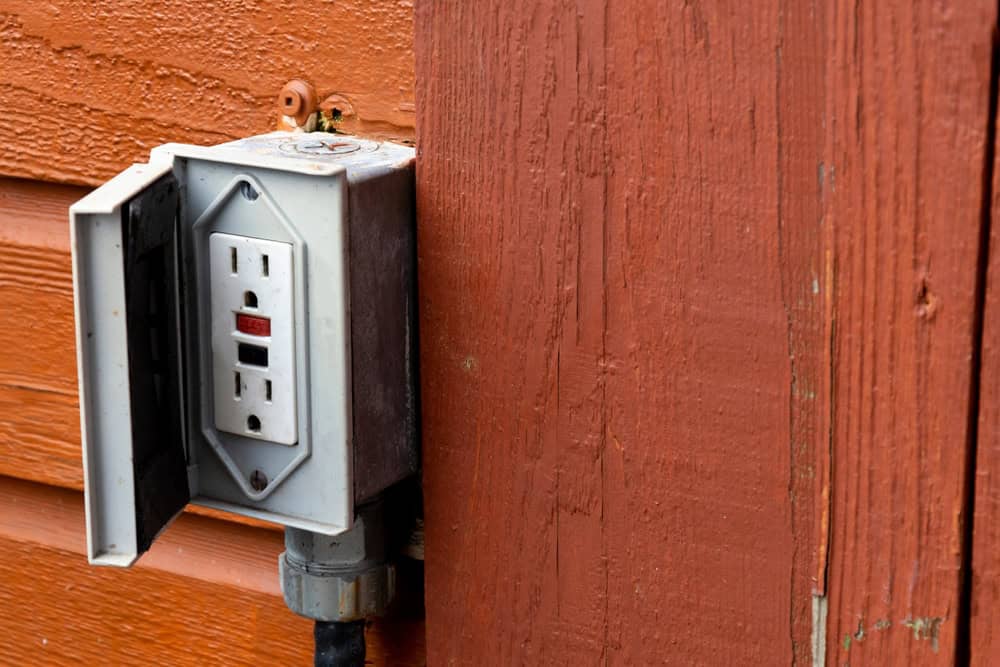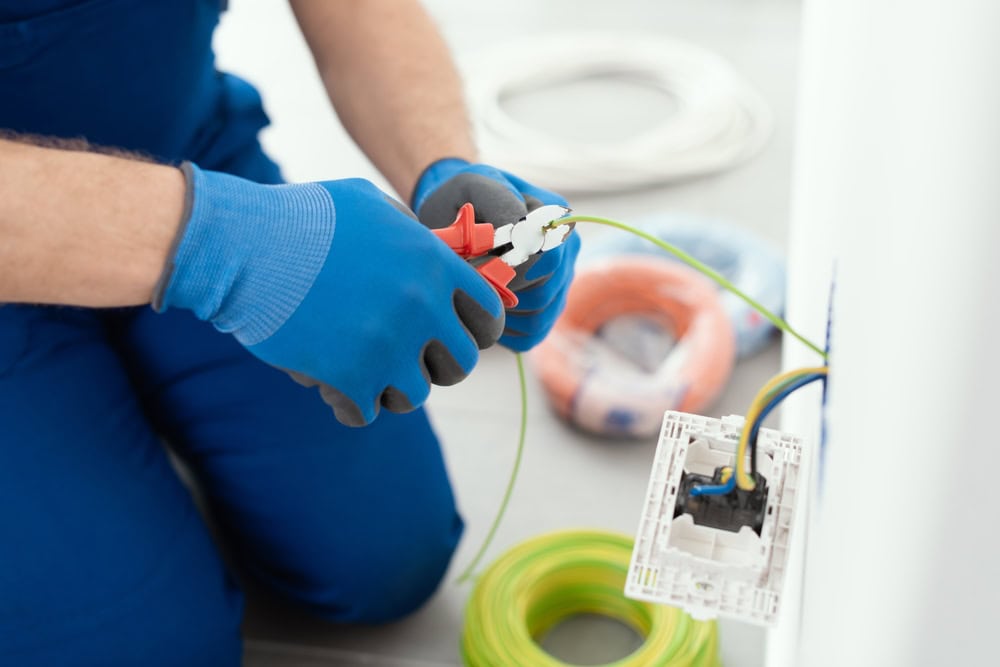Understanding Reversed Polarity in Electrical Outlets

During a home inspection, a finding of “reversed polarity” in electrical outlets can seem confusing. Essentially, it’s a wiring error that could pose a safety hazard. Here’s a breakdown of what it is and why it’s important to correct.
The Basics of Electrical Flow
- Electricity Flow: Electricity flows through wires much like water flows through a hose. Energy pushes electricity through a wire.
- Hot and Neutral Wires: Every electrical fixture needs an “electricity in” (hot wire) and an “electricity out” (neutral wire).

What is Reversed Polarity?

- Definition: Reversed polarity means the hot and neutral wires are incorrectly wired in an outlet.
- Safety Issue: This can create a shock hazard because the electricity isn’t flowing through the circuit as intended.
Modern Plugs and Polarity
- Polarized Plugs: Many modern lamps and appliances have polarized plugs (one wide blade and one narrow blade) to ensure they can only be plugged in one way. This design helps maintain proper polarity.

Consequences of Reversed Polarity

- Lamp Example: If a lamp is plugged into an outlet with reversed polarity, electricity enters through the metal ring around the bulb, and the switch is on the neutral line.
- Shock Hazard: When the lamp is turned off, the metal ring around the bulb remains electrified. Touching the ring could result in an electric shock.
- Why This Happens: Even with the power switch off, the ring around the bulb is still energized because the neutral line is being switched instead of the power (hot) line.
Why Correcting Reversed Polarity is Crucial
- Prevents Shock Hazards: Correcting reversed polarity ensures that electrical devices are de-energized when switched off, reducing the risk of electric shock.
- Ensures Safety: Proper wiring helps ensure the electrical system functions as intended, preventing potential electrical fires or other hazards.

Summary: Reversed Polarity and How to Fix

Reversed polarity is a wiring error where the hot and neutral wires are switched in an outlet. This condition can create a shock hazard because the device may remain energized even when switched off. Modern polarized plugs are designed to prevent this, but if reversed polarity is detected, it should be corrected by a qualified electrician to ensure the safety of your electrical system.